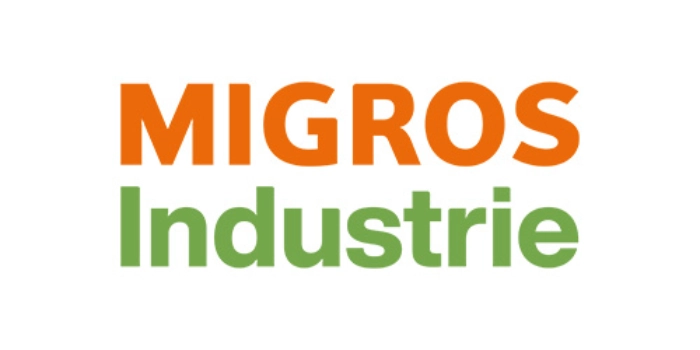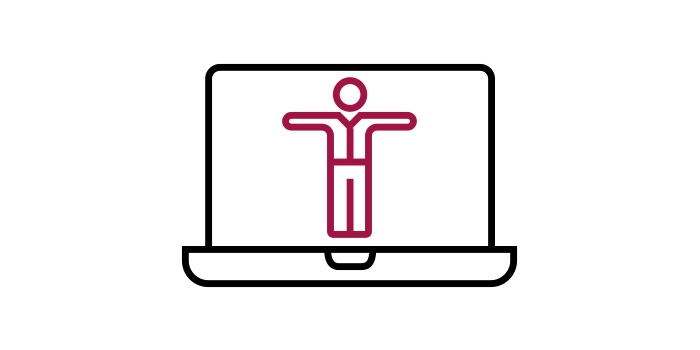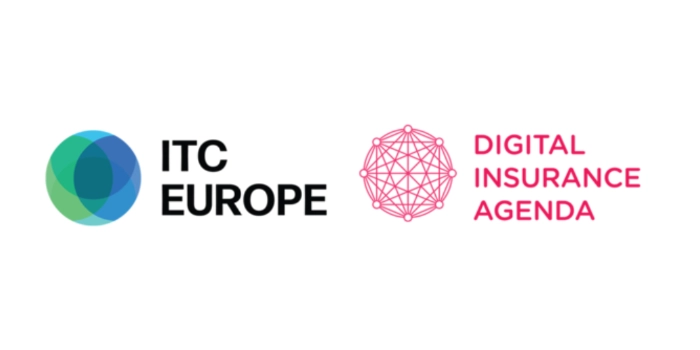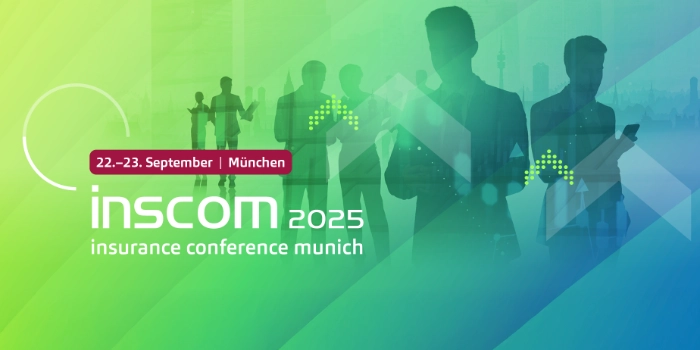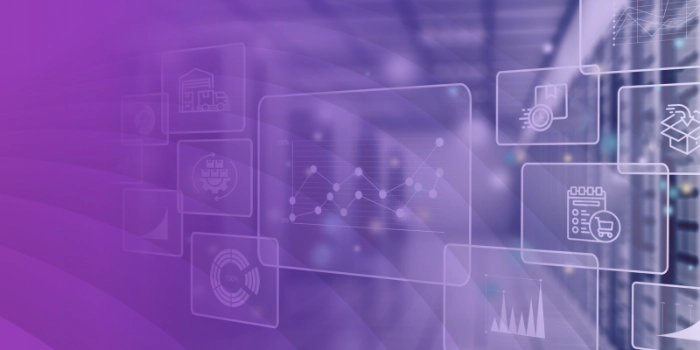msg events
The BITV/WCAG test is the recognized procedure for comprehensive and reliable testing of the accessibility of websites and web applications.
msg Event
At the event, industry leaders and visionaries will come together to discuss how technology and collaboration are driving the future of the insurance industry across Europe.
msg events
inscom 2025
The Insurance Conference Munich is entering its 13th round! For the first time in a new location, offering even more space for even more opportunities. In addition to top-class presentations, you can look forward to networking on equal footing and our evening event.
msg and nordoon
Streamline Processes for Freetext Purchase Requisitions
This webinar hosted by msg and Nordoon will explore how digital solutions can transform the process and experience of purchase requisitions. With insights from business stakeholders and technology providers, we will be addressing the challenges encountered in manual or hybrid systems by automating workflows.
Reference
The retailer's previous, manual sales planning per store is to be precalculated by a forecasting engine.
msg events
European Police Congress 2025
Scheduled for May 20 and 21, the European Police Congress will be held in Berlin, serving as the premier international forum for political and law enforcement decision makers.
Produkt
From planning and development to operation and maintenance – tailored software solutions ensure a secure and smooth execution of your IT-supported business processes. This allows you to focus more on your core business while the technical background is reliably managed.
msg publications
In 2002, Munich Re started the most extensive IT project in the history of the company with GLORIA (GLObal ReInsurance Application). The project was realized with the intense support of IT consulting and system integration company msg systems and was based on the SAP Reinsurance Management reinsurance solution.





